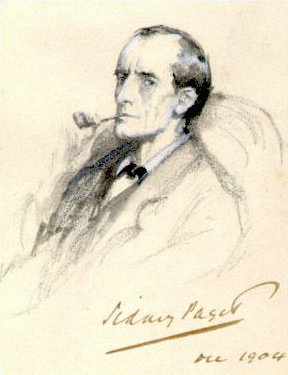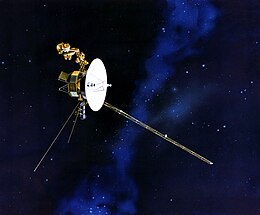(Picture from here.)
I just spent the weekend at Boskone. Great fun. But after one of the panels I was asked who were my significant influences.
I quickly rattled of my personal mantra: Robert Heinlein, Clifford Simak, Cordwainer Smith, Mark Twain, John Dos Passos, Phillip K Dick, Alfred Bester. Anybody who's discussed writing with me more than five minutes will get that particular list.
Then, later, I was down in the dealer's room and looking over NESFA's table.
I've been looking for a particular work from my childhood. A book that I barely remembered that, somehow, involved life after death of a yacht designer. It had suicide booths in it. And there, on the NESFA table, I found in the short novels of Robert Sheckly, Immortality, Inc.
BTW: If any of you are interested in classic works by Roger Zelazny or Hal Clement or Zenna Henderson or, really, almost anybody that has fallen out of print or cries out to be collected, check out the fine people of NESFA Press. This is a small press publisher that is bringing together reprints of works in hardcover. They have, for example, three very good books by my special hero, Cordwainer Smith: Norstrilia, The Complete Short Fiction of Cordwainer Smith and the Concordance to Cordwainer Smith. I keep them in my office and hold them close, whispering "my precious." Go look at their catalog here.
Sheckley had a truly skewed view of the world. In terms of sensibility he was more over in the Phillip K Dick side of SF. SF was a mechanism to open up the clockworks of life and examine them. Immortality, Inc is, in part, an examination of our fascination with death.
The plot is straightforward. Tom Blaine is a Junior Yacht Designer in a New York Firm. On the way home from his vacation cabin he has a car accident and dies. He awakes to find himself in a new body in the year 150 years in the future. In this world, life after death is well known and scientifically verified. Anyone who can afford it can get a treatment guaranteed to let them live after death. Most don't survive the "death trauma"-- a lovely wink towards Freud's "birth trauma."
But the plot is just a means by which Sheckley can use this new world as a means to skewer the one where he lives. I'm reluctant to start listing all of the lovely things in the book for fear I'll spoil it for people who have not read it. But here's a couple.
There's "transplanting": the means by which you can share or operate someone else's body. Initially, as normal science fiction uses the idea, it's mostly sold as titillation. But later it is presented as a force for revolution. As the freedom to be anyone you want to be-- held down by those that would oppress us. And there are suicide booths-- I have no doubt the suicide booths in Futurama are a direct homage to Sheckley.
The book is more absurdist than funny. More thought than laugh provoking. It is a satire-- a subgroup of SF that is sadly underrepresented. All good satires are intended to twist your head a bit. Sheckley managed that in all of his work. Immortality, Inc is no exception.
Most of the writers I consider seminal I read everything they wrote. For whatever reason, though he had a strong effect on me, I didn't do that with Sheckley. It might be that there were just too few opportunities to read him. The period I ripped through most of the books is started when I was eleven and went on through college. I was in Alabama for much of that time. No SF bookstores. No conventions I knew of. The SF book club was available-- indeed, that's where I got Sheckley's Mindswap-- but I had to husband my money. Most of my reading came from the library. Unlike Heinlein prior to 1960 or Asimov or other, like, writers, Sheckley was always a bit subversive. Possibly beyond the tastes of those southern librarians.
Imagine my delight when I looked at the NESFA Sheckley collection and found not one. Not two. But three books by Sheckley I'd never managed to read.
Sheckley novels to read:
- Dimension of Miracles
- Immortality, Inc.
- Journey Beyond Tomorrow (AKA The Journey of Joenes)
- Mindswap
- The Status Civilization
Other good SF satires
- Bill, the Galactic Hero, Harry Harrison
- The Müller-Fokker Effect, John Sladek
- Wildsmith, Ron Goulart


_adjusted.jpg/330px-12_Years_a_Slave_38_(9730608647)_adjusted.jpg)

.png)




